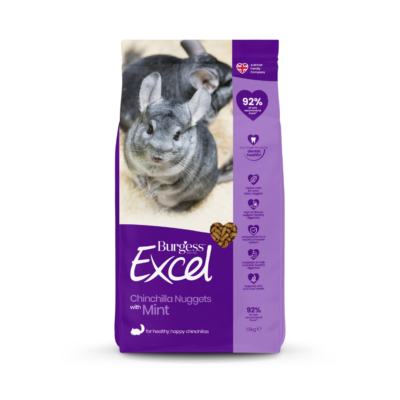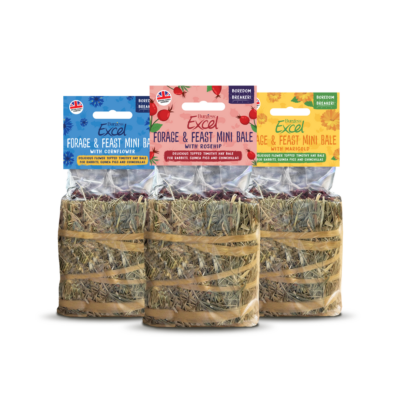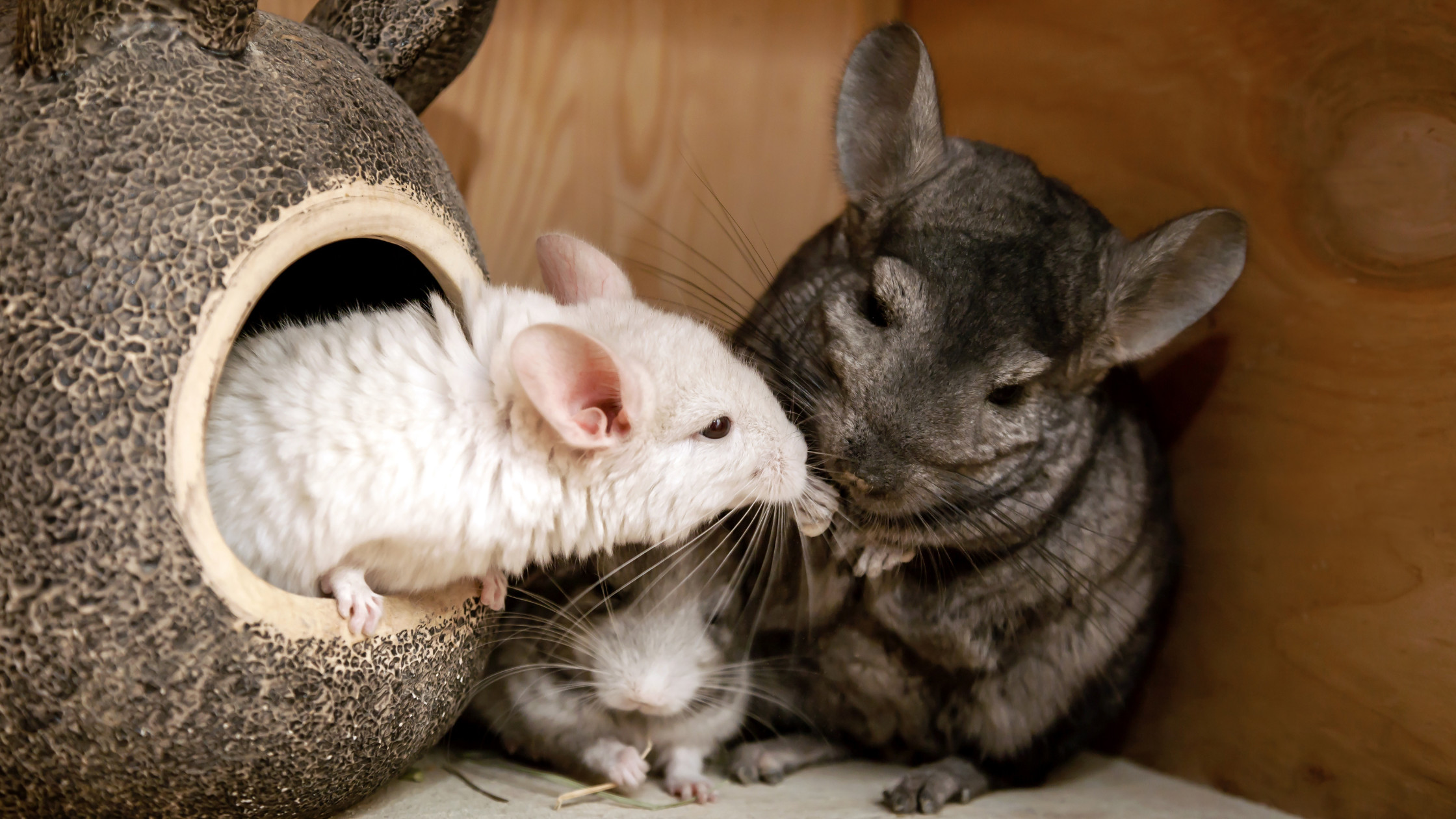
Chinchillas originate from the rocky slopes of the Andes Mountains of South America. In this dry, barren landscape, they constantly forage for food, eating grasses, leaves, twigs, bark, roots and stems. As pets, these agile, active animals have a very sensitive digestion, which requires a high fibre, low energy diet that replicates what they’d eat in their natural environment.
How and when they like to eat is also an important consideration. Chinchillas feed in the early morning and late evening and eat by sitting on their haunches, holding the food in their forepaws, which is adorable to watch!
Different small pets naturally eat different food
First off, it’s essential to only choose food that’s been specially designed for chinchillas.
Industry body, UK Pet Food, says: “In the wild, small mammals live in different climates and naturally eat different foods. In fact, food suitable for one species can be totally unsuitable for another. They also have different nutritional needs, with some of them only feeding on plants and others relying on animal proteins in their diet. So, it is important for pet owners to get reliable nutritional advice, specific to their pet type, to provide them with a balanced diet.”
UK Pet Food advises that herbivores such as chinchillas only eat grass and plant-based food: “All herbivorous small mammals need plenty of good quality fresh hay and/or grass on a daily basis. Alongside their daily portion of good quality hay, they should also be fed a portion of species-specific pet food. When fed alongside hay and/or grass, a product designed for their species will ensure they are getting all of the vitamins and minerals they need.”
When it comes to feeding your pet chins, you’ll need to provide the right mix of high-quality feeding hay and chinchilla nuggets, along with a tiny amount of fresh food and, for added enrichment to keep them busy and happy, some healthy treats.
We have all the info you need to know – simply follow our 5-step guide and our expert feeding tips to help your chinchillas thrive and love life!
1. Start with plenty of fresh, feeding hay, which should provide the bulk of your chins’ diet
Pet chinchillas need lots of fresh, high-quality feeding hay – not bedding hay, which lacks nutritional value. In fact, hay should make up the majority of your chins’ diet – around 85-90%. An ideal serving is around the same size as their body for each chinchilla.
Wonderful ways with hay! How to use hay in different ways to keep your small pets busy and happy >>
That’s why it’s essential to choose high quality feeding hay that’s been especially grown for eating.
Burgess in-house vet, Dr Suzanne Moyes MVB, MRCVS, advises: “For chinchillas to be healthy, it’s vital that you choose hay that’s specially grown for small animals to feed on, cut at the right time to capture all the natural goodness, so your small pets enjoy eating it. High quality feeding hay provides a whole host of benefits for small furries. It’s an excellent source of fibre, helps to maintain a healthy gut and serves to grind down their continuously growing teeth, helping prevent dental disease.”
And, with a choice of deliciously chewy hay mixes available, there’s plenty for your chinchillas to happily chomp on, such as:
- Munchable meadow hay – A natural field-grown product from the Yorkshire countryside that comes in a handy, resealable and fully recyclable box!
- Tasty Timothy hay – Always a favourite with small furries, it’s high in Beneficial fibre, which aids digestion.
- Sweet-smelling feeding hay with Dandelion & Marigold – As well as being delicious to eat, it aids urinary tract health and helps build a healthy immune system.
- Dried fresh grass – A delicious, complementary food made from barn-dried grass harvested straight from the field.
Check out our value-for-money mix and match hay bundles! >>
2. A daily portion of nutritious nuggets will provide essential vitamins and minerals
Each of your chinchillas will require an eggcup-sized portion of tasty chinchilla nuggets every day to ensure they are getting all the vitamins and nutrients they need to keep them in tip top health. High-quality chinchilla nuggets contain:
- Vitamin C for healthy skin, coat and gums
- Vitamin A to maintain healthy eyesight
- Vitamin E to maintain a healthy immune system
- Prebiotics and Beneficial Fibre to maintain good digestive health
- Mint for extra tastiness!
Steer clear of muesli-style foods. This is because chinchillas can be fussy eaters, picking out the unhealthy bits and leaving the rest. This selective feeding can lead to an imbalanced diet that’s lacking in calcium, phosphorus and vitamin D and low in fibre, which can have very serious consequences. The unhealthy ingredients in muesli-style foods are high in sugar and starch, which are difficult for chinchillas to digest and can result in obesity and serious health problems.
Chinchillas also need constant access to fresh, clean drinking water from a suitable water bottle with a metal spout.
3. Choose tiny portions of chinchilla-safe fresh food
Chinchillas can eat very small amounts of fresh food, but you need to be extremely careful. Because they have a simple, dry diet in the wild, some chinchillas are very sensitive to the effects of fresh fruit and vegetables, which can cause serious dietary upsets.
Industry body UK Pet Food advises: “Chinchillas benefit from small amounts of fresh vegetables (such as fresh herb mixes, fibrous leafy greens such as kale and radicchio and dandelion leaves) in their diets, however, vegetables should be introduced gradually to prevent digestive upsets.”
Other suitable chinchilla-safe treats include:
- Traditional rolled oats
- A small piece of wheat biscuit (5p piece size)
- A small piece of shredded wheat (5p piece size)
- Dried dandelions, nettles, clover and ribwort
- Dried camomile flowers
- Dried rosehips
4. Nutritious treats add extra interest and will keep your chins busy and happy
Don’t forget to include some yummy hay-based treats to show your chin chums just how much you love them. These are a fantastic way to add variety to your small pets’ diet and are great for hand feeding, to help you build your bond with your small furry friends. And, because they’re hay-based, your small pets can enjoy them as part of their daily diet. Why not try:
- Forage & Feast Mini Bales – Bite-sized bundles of hay topped with a choice of flavoursome flowers – Cornflower, Rosehip or Marigold.
- Forage & Feast Hay Bars – Perfect for hand feeding, these hay bars come in three appetising varieties – Marigold, Cornflower or Rose.
- Wildflower Forage – Made with a tempting mix of rose, hibiscus, marigold and cornflower, it’s deal for sprinkling in hay to encourage natural foraging behaviour.
- Luscious Leaves – A healthy treat made with an enticing mix of dandelion leaves, nettle leaves, red clover and ribwort that’s a particular favourite with chinchillas and degus who naturally eat dried foliage along with their hay.
5. Add some fun to feeding time
Wild chinchillas spend most of their waking hours searching for food. There are lots of ways you can encourage this natural foraging behaviour for your pet chins:
- Scatter their daily nuggets allowance around their cage instead of just feeding from a bowl. This is also a really good way to feed your chinchillas if one is very protective of the food bowl and often stops others getting their fair share.
- Hide hay, nuggets and herbs in paper bags, cardboard tubes and boxes.
- Try out some special activity toys suitable for small animals, such as maze boards and treat balls that you can put some of their daily ration of nuggets in for them to forage for.
- Chinchillas love to chew and carry stuff, so why not treat them to a luxury chew pack made from natural, untreated wood, coir and seagrass fashioned into interesting shapes such as balls, wreaths, stars and sticks.
- Add some extra chewing fun by providing your chins with untreated softwood to gnaw on. Before you give your pets any softwood branches to chew, bake them on a low heat for an hour and give them a good wash to make sure they’re chinchilla safe. Good woods to use are apple, elm, hawthorn, hazelnut, pear, poplar and quince.
- Chins also adore shredding things such as banana leaves, cardboard and unbleached loofahs.
EXPERT CHINCHILLA FEEDING TIPS
- Chinchillas perform a digestive process called caecotrophy to extract as much goodness as possible from their food. Simply put – they eat their droppings (caecotrophs), allowing many important nutrients to be reingested. So, if you see your chins doing this, don’t panic – it’s totally natural behaviour!
- Chinchillas need to keep their digestive systems busy with a mix of two kinds of fibre moving through the gut at all times. These types of fibre are called digestible fibre and indigestible fibre. They get this fibre mainly from good quality feeding hay.
- It’s best not to make any sudden changes to your chinchillas’ diet as this may make them very ill. Always introduce new diets gradually. A sign of a healthy chinchilla is when he/she is eating every day and passing plenty of dry droppings.
- If you are at all unsure about the best way of feeding your chinchillas or have any concerns about specific nutritional requirements, ask your local veterinary practice for advice. You can also call our expert team on 44 (0)0800 413 969 who’ll be happy to help. They’re available 9am-5pm, Monday to Friday. Alternatively, you can use our online form to get in touch.
SERVE UP ONLY THE VERY BEST DINNER FOR YOUR SMALL PETS!
Our small pets deserve a high-quality diet that’s created just for them. At Burgess, all our foods for small pets is made at our factory in the heart of Yorkshire, using only ingredients that meet our stringent specifications.
With a long tradition of supporting British farmers, we actively source all our ingredients as close to our mill as possible and have launched many innovations. These include the world’s first food specifically formulated for indoor rabbits and the world’s first indoor guinea pig nuggets which are made with a calm formula. Burgess Excel has also developed nutrition-packed food for chinchillas and degus, hamsters, gerbils and mice, pet rats and ferrets.
*It’s no surprise that 92% of UK vets recommend our Burgess Excel small pets range!*
CARE MORE Find lots of useful advice on caring for all your chinchillas from Burgess, the pet experts. Health, housing, feeding, companionship and chinchilla behaviour. It’s all here >>
If you found this interesting, you may also like:
THE ULTIMATE GUIDE TO HAPPY, CHILLED CHINCHILLAS Famed for their soft, dense fur and gentle nature, chinchillas make fascinating pets, providing you understand what's involved in caring for these timid, highly active animals.
SET UP A COSY HOME SWEET HOME FOR YOUR CHINCHILLAS What do you need to create the perfect home for your chins? A spacious chinchilla cage that features lots of climbing and jumping opportunities, things to gnaw on, a chinchilla dust bath and some cosy nest boxes.
9 INTRIGUING FACTS ABOUT CHINCHILLAS Become a chinchilla expert by finding out more about these endearing, silky-furred little animals, who like to sleep hunched up and have jaw-dropping jumping abilities...
CHINCHILLA Q&A With their beautiful soft fur and gentle ways, chinchillas are exceptionally appealing pets. But before you consider taking on these long-lived rodents, it’s vital you find out as much as possible about these agile, fragile animals so you can provide them with all the things they need to live their best chin lives.
HOW ARE YOUR CHINCHILLAS DOING TODAY? All chinchillas should receive annual veterinary check-ups, however, as they are a prey animal, they’ll hide signs of ill-health or pain, which is why you should check them daily. We’ve a chin checklist to help you out...
SMALL PET RESCUE If you’re looking for small pet friends, could a rescue centre be a good place to start? With expert advice on hand, finding your perfect small pet match couldn’t be easier...
FINDING A VET FOR YOUR SMALL PETS Did you know that just like hospital specialists, vets have different areas of expertise? That’s why, if you have small pets, it can be a good idea to seek out a vet that specialises in small animal medicine.
HOW TO HANDLE SMALL PETS When it comes to being handled, different small pets have very different opinions. Some soon learn to enjoy it – particularly if there are some tasty treats involved! Others are not quite so keen.
BONDING WITH YOUR SMALL PETS Handfeeding is a great way to build a closer bond with small animals. It takes time to build trust, but when your little friend finally feels confident enough to take a treat from your hand, it’s a special moment.
WHAT’S THE BEST BEDDING FOR SMALL PETS? Whichever small pets you have, each has different requirements when it comes to creating a cosy, safe snoozing space.
SPRING CLEANING? WHY GOOD HOUSEKEEPING IS A SMALL PET ESSENTIAL Keeping your small pets’ home clean, tidy and hygienic will discourage pests from making an unwanted appearance and help keep your small furry friends healthy and happy.
THE UK’S TRENDIEST SMALL PET NAMES From rabbits to guinea pigs, pet rats, mice, gerbils and hamsters to chinchillas, degus and ferrets, when it comes to naming your small pets, how do you choose a name that suits their beguiling looks, sweet personalities and adorable ways?
DO YOUR SMALL PETS HAVE THE RIGHT TO ROAM? While providing your small pets with secure, accommodation that’s suitable for their species is all-important, small furries also benefit from having the opportunity to explore and exercise outside their main housing in an appropriate setting.
SMALL PET MUMS ARE BIG ON LOVE Let’s celebrate small pet mums for the amazing job they do bringing up their tiny babies!
WHAT PUTS YOUR SMALL PETS IN A GOOD MOOD? Along with socialising with their same species companion and interacting with their favourite human, our survey reveals the best thing you can to do to give your small furries a happiness boost…
BIG IDEAS FOR SMALL PETS Enriching the lives of our small animals will help them lead their best pet lives. We’ve lots of ideas for things you can introduce to keep things interesting for small furries
COST EFFECTIVE WAYS TO LOOK AFTER YOUR SMALL PETS How to create DIY boredom breakers and ways to upcycle old furniture and unwanted items from around the house into interesting features for your pets’ environment.
NEW PETS ON THE BLOCK? From dogs to degus, cats to chinchillas, ferrets to fancy rats – when did these awesome and amazing animals become our furry companions?
HOW TO TELL IF YOU HAVE A HAPPY PET Wheek-wheeking, bruxing, dooking, chirping, binkying, popcorning – there are all sorts of ways our pets tell us they’re feeling good, once you know what to look for...

